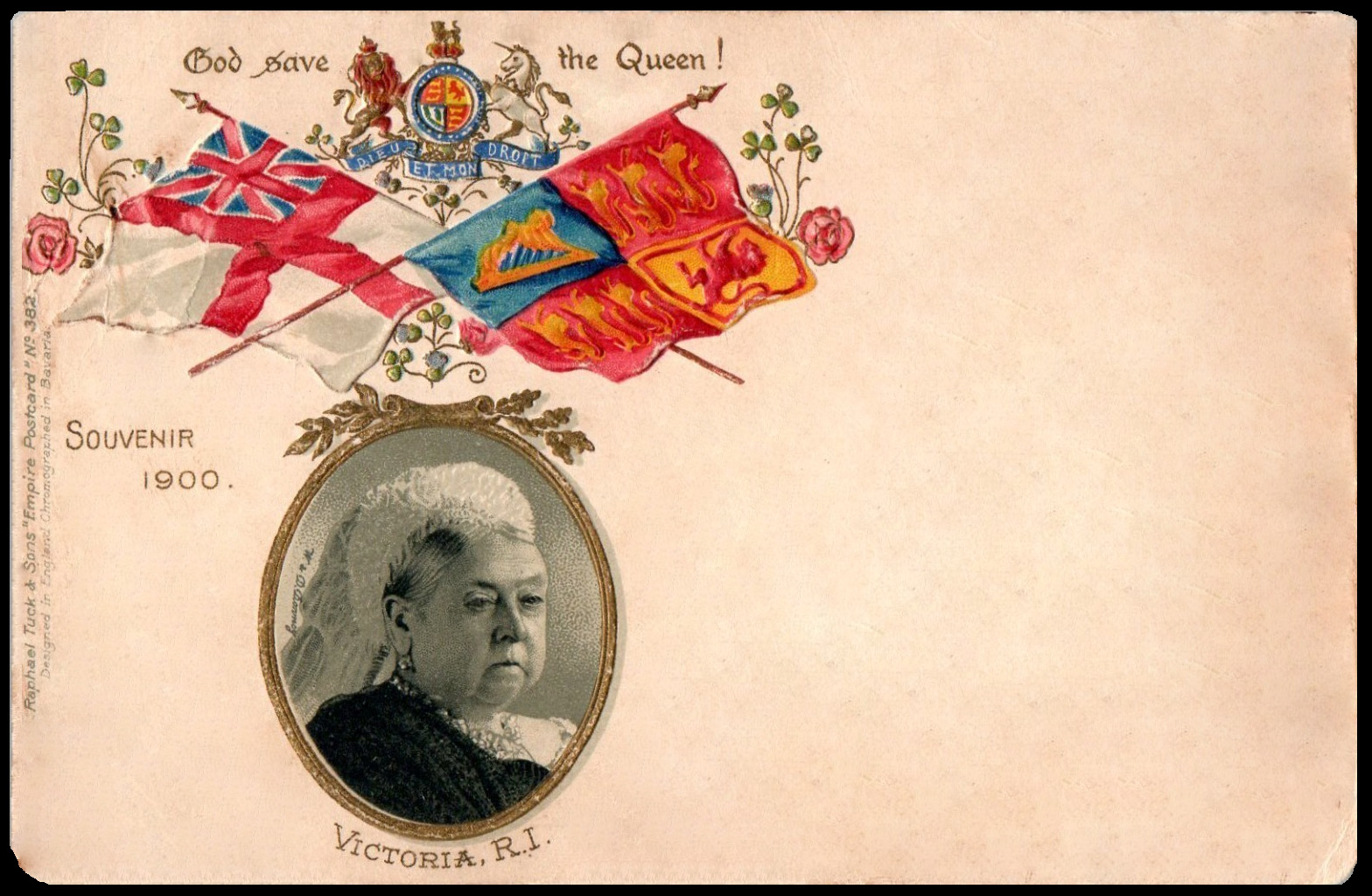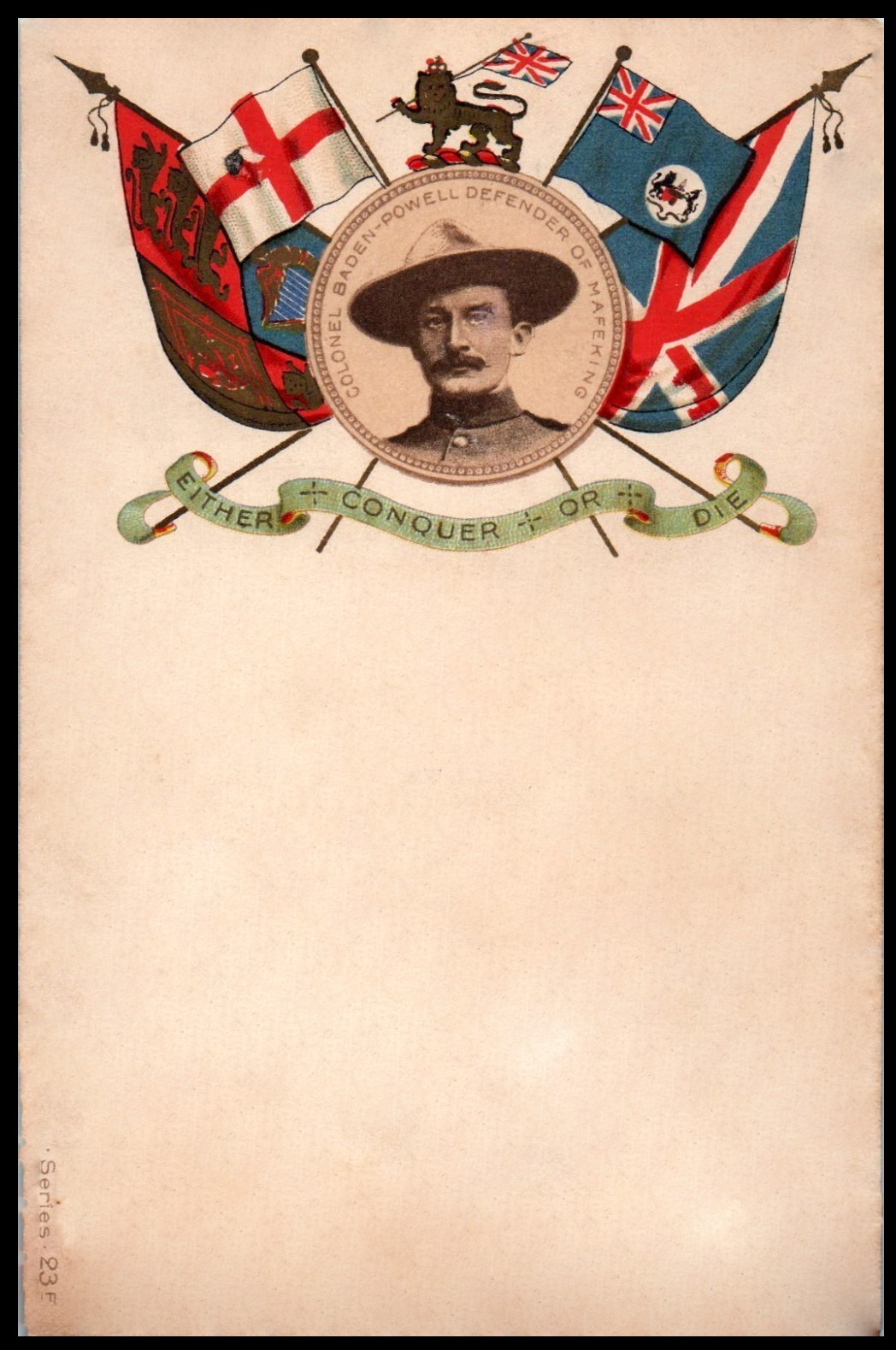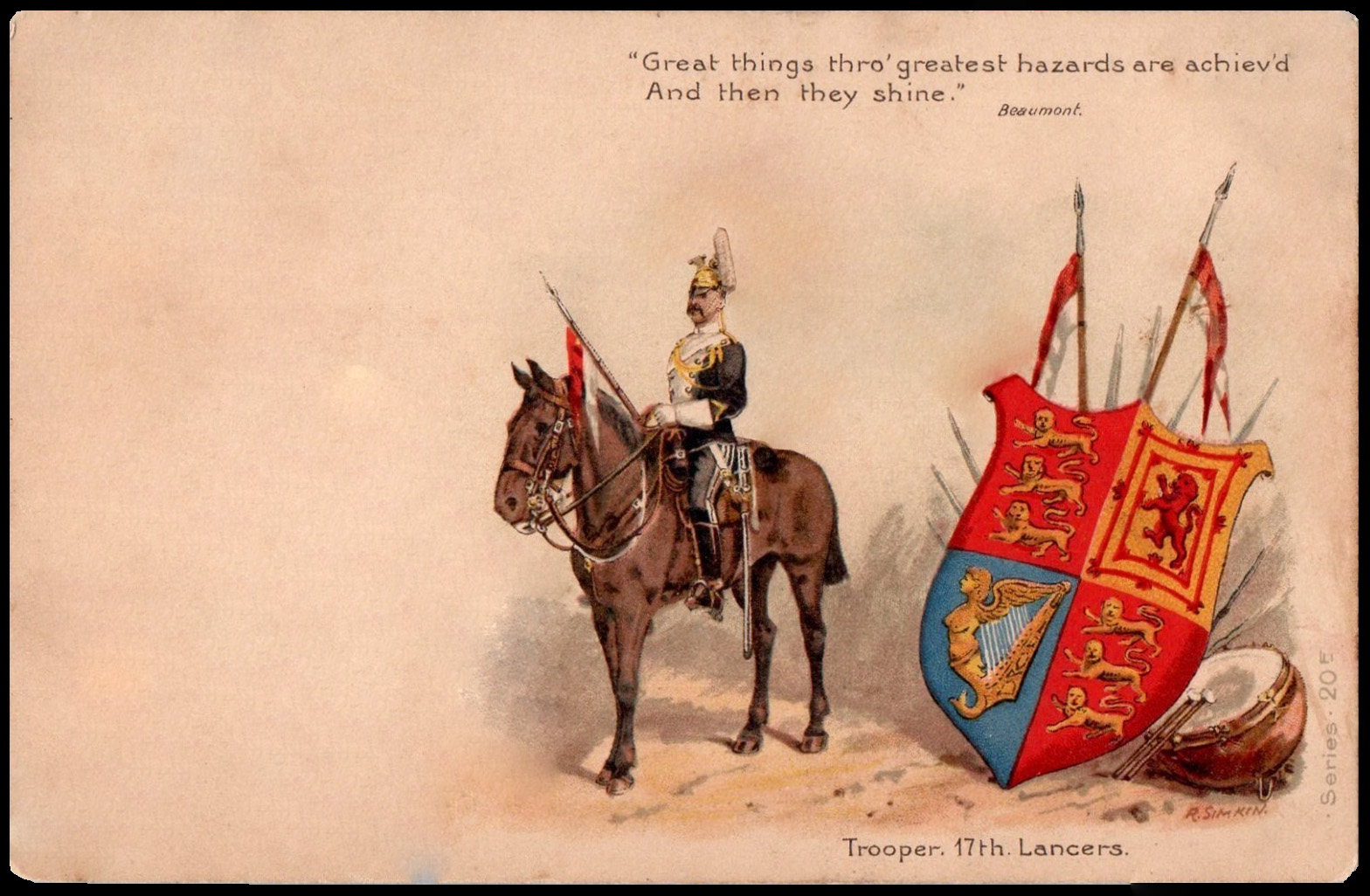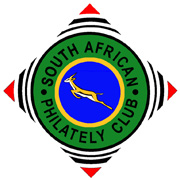Flags & Heraldry of SA
Quote from Steve on September 20, 2025, 4:09 pmYou have a wicked sense of humuor which I greatly enjoy. Nelson Mandela did nothing more remarkable than try to achieve reconciliation for which we should all be grateful. He at least gave the ANC some moral authority, something which it has utterly lost today. Further to your comment, Mandela bequethed his undies to his successors because none were big enough to fit his shoes. Sadly, all who tried to wear his thunderods found them too small (for obvious reasons!).
You have a wicked sense of humuor which I greatly enjoy. Nelson Mandela did nothing more remarkable than try to achieve reconciliation for which we should all be grateful. He at least gave the ANC some moral authority, something which it has utterly lost today. Further to your comment, Mandela bequethed his undies to his successors because none were big enough to fit his shoes. Sadly, all who tried to wear his thunderods found them too small (for obvious reasons!).
Quote from Steve on September 26, 2025, 5:05 pmHerewith a few South African War (1899 - 1902) British patriotic postcards produced by Raphael Tuck & Sons, the first a numbered Empire postcard, designed in England, chromographed in Bavaria. The card below gives a date of 1900.
H.M. Victoria, Empress of India. She is not amused. The beastly Boers give her great displeasure. It shows!
Another reason HM Queen Victoria looks displeased - Baden-Powell, hero of Mafeking.
The blighter had the brazen affrontery to put his head, not hers, on Mafeking Siege stamps!
Off with his head!
Oh dear. The magnificent looking 17th Lancers got the backsides kicked by men wearing hessian sacks.
Denys Reitz was at the forefront of Battle of Elands River, more a vicious skirmish, on 17th September 1901, and describes the fight in his book, 'Commando'. This 'Battle' of Elands River (Poort) in the Cape should not be confused with the one of the same name fought in the ZAR in 1900. Anyone interested in the South African War who has not read Reitz's bbok should do so. I loaned it to a very partisan British dealer who enjoyed it so much he said he found himself rooting for the Boers to win. It is a wondeful boykies own yarn.
During the initial phase of the War, Reitz, the son of the fifth State President of the Orange Free State and also State Secretary of the South African Republic at the time of the Aouth African, fought in several of the set-piece battles, notably in the Boer victory at Spionkop. After a string of Boer defeats in the conventional warfare phase and the British capture of Pretoria, Reitz was one of the fighters who remained in the field. He decided to join General Smuts who planned to invade the Cape Colony where he would conduct guerrilla warfae. The invaders faced huge difficulties, both from pursuing superior British forces and from nature. When they finally broke free in the Cape they were on their last legs, wearing hessian sacks and riding emaciated, knackered horses too weak to go on.
On 17 September Reitz's patrol encounteredmen of the 17th Lancers in the vicinity of Tarkastad. The invaders, desperate for everything - food, guns, annunition, clothing and horses - unwittingly chased the 17th Lancers back into their camp on the Elands River. Before Reitz ands his men realised it they were inside the British camp. Pandemonium and a firefight broke out. It was desperate stuff. The only hope that the Boer patrol had was that General Smuts and his commando would come up quickly once they heard the shooting. They did. Smuts realised that the Lancers' camp was an opportunity to re-equip themselves. With Smuts' arrival the 17th Lancers were caught in a deadly cross-fire and suffered heavy casualties. Stunned by the onslaught, the Lancers put up a white flag. Reitz encountered Captain Sandeman, the Lancers' commander, a cousin nof Winston Churchill, and his lieutenant Lord Vivian among the wounded. Reitz had shot Lord Vivian at relatively close quarters during the fight.
In 'Commando', Reitz recounts how Lord Vivian, who thought he was dying, pointed out his bivouac tent and told Reitz it would be worth his while to take a look at it. Soon, Reitz, who that morning had been wearing a hessian grain-bag, riding a foundering horse and carrying an old Mauser carbine with only two rounds of ammunition left, was dressed in a 17th Lancer cavalry tunic and riding breeches, with two superb mounts, a Lee-Metford sporting rifle, and full bandoliers. Reitz reports that when he was in London in 1935 he met Lord Vivian again, this time on excellent terms. Incredibly Vivian presented Reitz with his original Mauser rifle that he had kept after the battle when the Boers departed. Apparently the two enjoyed convivial evenings togther in Vivian's club.
Herewith a few South African War (1899 - 1902) British patriotic postcards produced by Raphael Tuck & Sons, the first a numbered Empire postcard, designed in England, chromographed in Bavaria. The card below gives a date of 1900.

H.M. Victoria, Empress of India. She is not amused. The beastly Boers give her great displeasure. It shows!

Another reason HM Queen Victoria looks displeased - Baden-Powell, hero of Mafeking.
The blighter had the brazen affrontery to put his head, not hers, on Mafeking Siege stamps!
Off with his head!

Oh dear. The magnificent looking 17th Lancers got the backsides kicked by men wearing hessian sacks.
Denys Reitz was at the forefront of Battle of Elands River, more a vicious skirmish, on 17th September 1901, and describes the fight in his book, 'Commando'. This 'Battle' of Elands River (Poort) in the Cape should not be confused with the one of the same name fought in the ZAR in 1900. Anyone interested in the South African War who has not read Reitz's bbok should do so. I loaned it to a very partisan British dealer who enjoyed it so much he said he found himself rooting for the Boers to win. It is a wondeful boykies own yarn.
During the initial phase of the War, Reitz, the son of the fifth State President of the Orange Free State and also State Secretary of the South African Republic at the time of the Aouth African, fought in several of the set-piece battles, notably in the Boer victory at Spionkop. After a string of Boer defeats in the conventional warfare phase and the British capture of Pretoria, Reitz was one of the fighters who remained in the field. He decided to join General Smuts who planned to invade the Cape Colony where he would conduct guerrilla warfae. The invaders faced huge difficulties, both from pursuing superior British forces and from nature. When they finally broke free in the Cape they were on their last legs, wearing hessian sacks and riding emaciated, knackered horses too weak to go on.
On 17 September Reitz's patrol encounteredmen of the 17th Lancers in the vicinity of Tarkastad. The invaders, desperate for everything - food, guns, annunition, clothing and horses - unwittingly chased the 17th Lancers back into their camp on the Elands River. Before Reitz ands his men realised it they were inside the British camp. Pandemonium and a firefight broke out. It was desperate stuff. The only hope that the Boer patrol had was that General Smuts and his commando would come up quickly once they heard the shooting. They did. Smuts realised that the Lancers' camp was an opportunity to re-equip themselves. With Smuts' arrival the 17th Lancers were caught in a deadly cross-fire and suffered heavy casualties. Stunned by the onslaught, the Lancers put up a white flag. Reitz encountered Captain Sandeman, the Lancers' commander, a cousin nof Winston Churchill, and his lieutenant Lord Vivian among the wounded. Reitz had shot Lord Vivian at relatively close quarters during the fight.
In 'Commando', Reitz recounts how Lord Vivian, who thought he was dying, pointed out his bivouac tent and told Reitz it would be worth his while to take a look at it. Soon, Reitz, who that morning had been wearing a hessian grain-bag, riding a foundering horse and carrying an old Mauser carbine with only two rounds of ammunition left, was dressed in a 17th Lancer cavalry tunic and riding breeches, with two superb mounts, a Lee-Metford sporting rifle, and full bandoliers. Reitz reports that when he was in London in 1935 he met Lord Vivian again, this time on excellent terms. Incredibly Vivian presented Reitz with his original Mauser rifle that he had kept after the battle when the Boers departed. Apparently the two enjoyed convivial evenings togther in Vivian's club.
